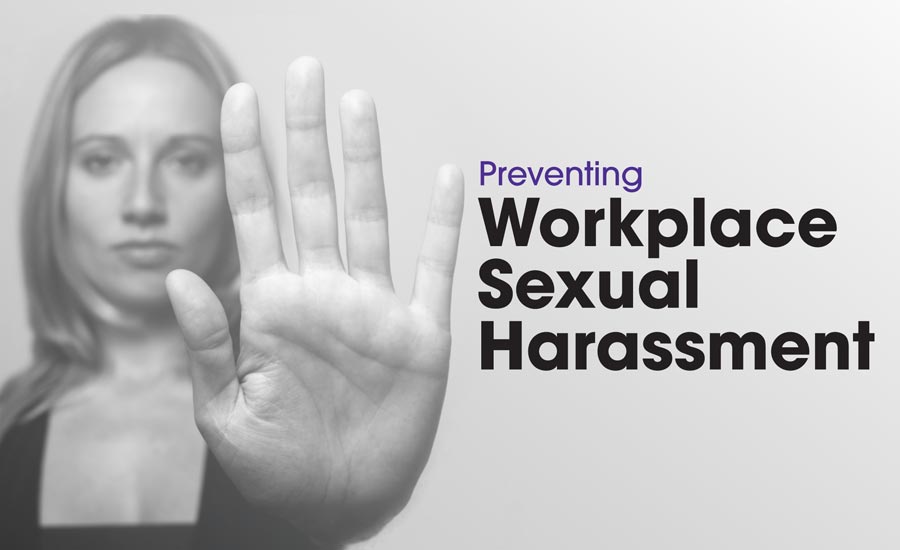From 26 October 2024, employers will face a new duty to take reasonable steps to prevent sexual harassment of workers in the course of their employment. This obligation, introduced by the Worker Protection (Amendment of Equality Act 2010) Act 2023, requires employers to be proactive in identifying and addressing potential risks of sexual harassment, rather than just responding after an incident has occurred.
This new duty is a preventive measure, emphasizing the need for employers to anticipate scenarios where workers may be subject to harassment and to put measures in place to avoid them. Importantly, while it covers sexual harassment, it does not extend to other forms of harassment based on protected characteristics under the Equality Act 2010. Employers will need to show the specific steps they have implemented to comply with this requirement.
The updated guidance from the Equality and Human Rights Commission (EHRC), released on 26 September 2024, provides comprehensive advice on how employers of different sizes and types can adhere to the duty. The EHRC also issued an eight-step guide to help employers understand how to prevent sexual harassment in their workplaces.
The New Duty: Explained
The Worker Protection Act introduces a proactive responsibility for employers to take reasonable steps to prevent sexual harassment in the workplace. Unlike the existing statutory defence in section 109 of the Equality Act, which deals with employer liability after harassment has occurred, this new duty compels employers to act before any incident takes place.
Sexual harassment, as defined in the Equality Act, includes unwanted conduct of a sexual nature that violates an individual’s dignity or creates an intimidating, degrading, or offensive environment. Employers are now accountable not only for stopping harassment once it occurs but for actively mitigating the risk of it happening.
Who is Covered?
The new duty applies to anyone in employment, encompassing both employees and workers. It also extends to third-party harassment, meaning employers are responsible for preventing harassment by clients, customers, or service users. However, while employers are required to take preventive steps against third-party harassment, a worker cannot bring a standalone claim for third-party harassment.
Non-Compliance: The Risks
If an employer fails to meet the new duty, they could face serious consequences, including:
- Compensation Uplift: If a claim for sexual harassment is successful, the Employment Tribunal may increase compensation by up to 25% if it finds that the employer did not comply with the duty.
- Enforcement Action: The EHRC has the authority to investigate, issue unlawful act notices, and enter into legally binding agreements with employers to prevent future harassment.
In addition to legal penalties, employers may suffer reputational damage, which could affect staff morale and retention.
Practical Steps for Employers
To meet the new duty, employers must take a range of practical measures, including:
- Educating Employees: Providing training on what constitutes sexual harassment and how to avoid it.
- Fostering an Inclusive Culture: Creating a zero-tolerance approach to harassment, supported by clear policies and leadership buy-in.
- Implementing Risk Assessments: Employers must assess the risk of sexual harassment in their workplace and take reasonable steps to mitigate it.
- Providing Training and Support: Managers should be trained on how to handle complaints, and systems should be in place to support workers who experience harassment.
Supporting Voices
Supporters of the new legislation include advocates like Justyna Opiola, who works for Ideal Glass, a double glazing company based in St Albans. Ideal Glass supplies a range of windows and doors throughout the Hertfordshire area and prides itself on fostering an inclusive and respectful workplace culture. Justyna believes that proactive measures to prevent sexual harassment are crucial for creating a safe environment for all workers. Her company has already begun implementing robust anti-harassment policies and training programs to ensure compliance with the new duty and to safeguard the well-being of its employees.
Conclusion
The new preventative duty marks a significant shift in workplace culture, encouraging employers to act before harassment occurs. While the implications of non-compliance are serious, employers who take these new responsibilities seriously will not only protect their workers but also foster more inclusive, respectful, and productive working environments. As the landscape of workers’ rights continues to evolve, employers will need to remain vigilant and committed to maintaining harassment-free workplaces.
